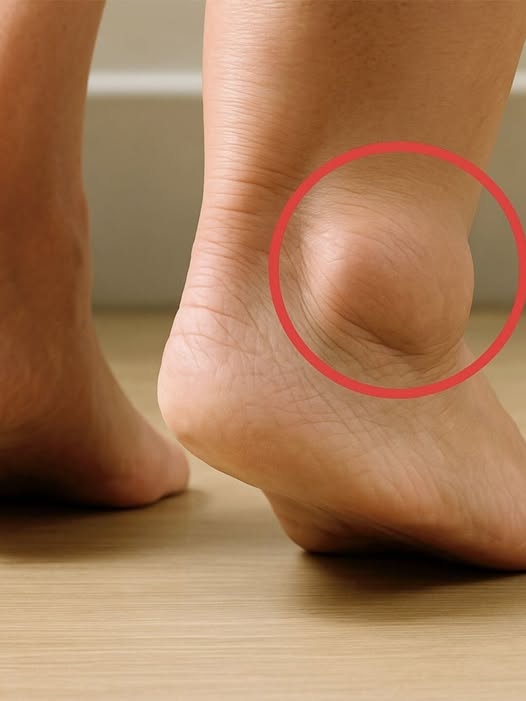Waking up with puffy ankles or feeling heaviness in your legs after a long day might seem harmless—but persistent or sudden leg swelling can sometimes signal an underlying health problem that shouldn’t be ignored.
Medically known as peripheral edema, leg swelling happens when excess fluid collects in the tissues of your lower limbs. In some cases, it’s simply due to standing or sitting for too long. But it can also be linked to more serious issues involving the heart, kidneys, veins, or lymphatic system.
Common causes include poor circulation, heart failure, kidney disease, or chronic venous insufficiency. Lifestyle factors—like a high-salt diet, dehydration, or long periods of inactivity—can also play a role.
Signs of leg swelling may include tight or shiny skin, deep marks after removing socks, or shoes that suddenly feel too tight. Swelling might affect one or both legs and often worsens by the end of the day.
Fortunately, simple lifestyle changes can help reduce mild swelling. Try elevating your legs above heart level, cutting back on sodium, wearing compression socks, and staying active to encourage healthy circulation. Drinking plenty of water helps flush out excess sodium, too.
However, if swelling appears suddenly, is painful, or comes with symptoms like chest pain or shortness of breath, get medical help right away—these could be signs of a blood clot or heart problem.
When leg swelling persists despite rest and home care, it’s important to see a doctor. They may run tests to identify any underlying conditions and recommend treatments like diuretics, physical therapy, or other interventions.
The takeaway? Listen to your body. While occasional leg swelling is common, chronic or unexplained swelling is worth checking out—it could be your body’s way of warning you that something more serious is going on.


















